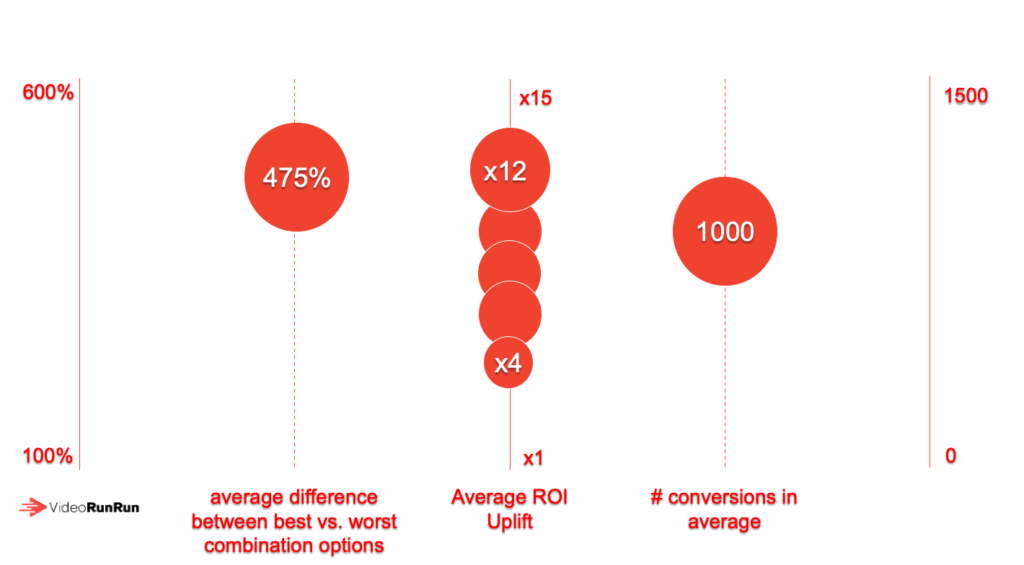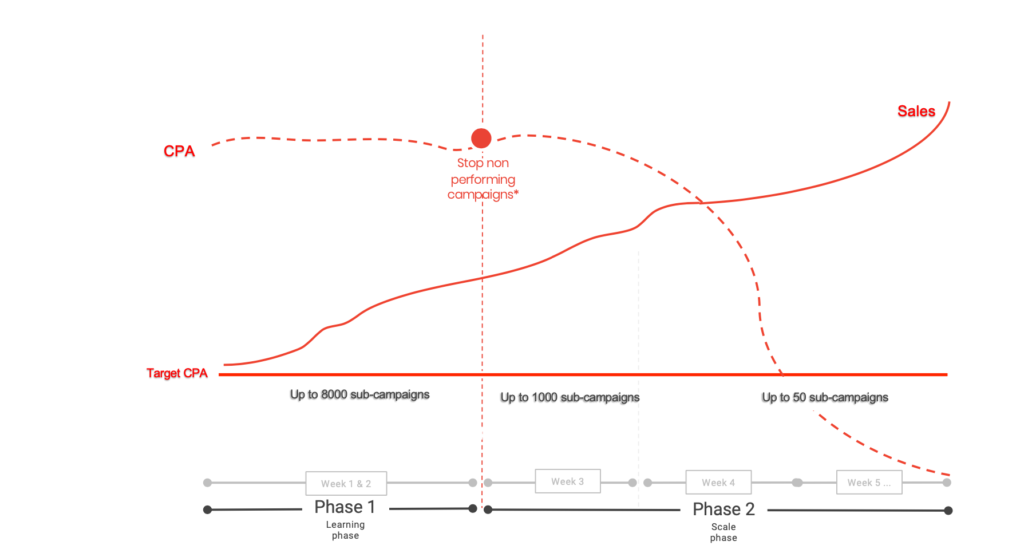It’s always an unbelievable feeling for a product owner to see what you have been working on delivering exactly what you have intended it to do.
While building VideoRunRun, we had many convictions and the support of several brands, during the last two years, who understood the business potential of YouTube but were confronted with the operational reality that makes that goal tricky to master.


 Go back to Blog
Go back to Blog 




 Read more
Read more